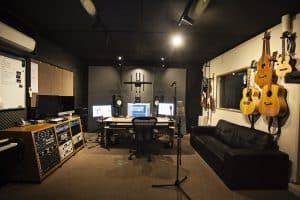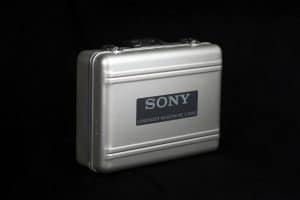Sydney Recording Studio: Verdi and many other musicians, like Mozart, tuned their music to this frequency because of its healing energy and the natural ‘feel good’ properties it evoked in the audience.
In fact, Verdi wrote to the Congress of Italian Musicians to have 432 Hz approved as the standard tuning. Subsequently, this was unanimously in 1881 and recommended further by physicists Joseph Sauveur and Felix Savart, as well as by the Italian scientist Bartolomeo Grassi Landi.
However, it wasn’t enough. Even though this was approved in Italy at the time, music is not tuned at 432 Hz as standard today.
This is because The American Federation of Musicians accepted the 440 Hz as the standard pitch in 1917.
Then, in 1940, the United States introduced 440 Hz worldwide. London followed suit, and in 1953 440 Hz was approved as the general tuning standard for musical pitch there.
What? I know. Weird.
Sydney Recording Studio: 440hz wins over 432hz as the modern standard
Since then, 440 Hz has since stood the test of time, despite geniuses like Verdi and many great producers and composers agreeing that this frequency is disharmonic because it has no scientific relationship to the physical laws that govern our universe.
Sydney Recording Studio: Historical Use of 432 Hz: Ancient Greece, Egypt & Tibet
Further evidence of a 432 Hz preference is found in ancient Greece, where instruments associated with Orpheus – the God of Music – were tuned at 432 Hz.
And get this, according to international researcher and musician Ananda Bosman, the majority of instruments unearthed from ancient Egyptian sites are tuned to, yes, you guessed it, A=432 Hz!
The evidence doesn’t stop there, either.
Using a Korg Tuner, like this one, sound researcher Jamie Buturff discovered that many CD recordings of Tibetan monks’ singing bowls were tuned at 432 Hz.
This is undoubtedly because of the frequency’s direct link to Mother Nature and natural ability to make people relax for meditative purposes.




